ap environmental science - unit 3: populations
5.0(1)
5.0(1)
Card Sorting
1/70
Earn XP
Description and Tags
Study Analytics
Name | Mastery | Learn | Test | Matching | Spaced |
|---|
No study sessions yet.
71 Terms
1
New cards
affluence
the state of having plentiful wealth including the possession of money, goods, or property
2
New cards
age structure
a description of how many individuals fit into particular age categories in a population
3
New cards

age structure diagram
a visual representation of the number of individuals within specific age groups for a country, typically expressed for males and females
4
New cards
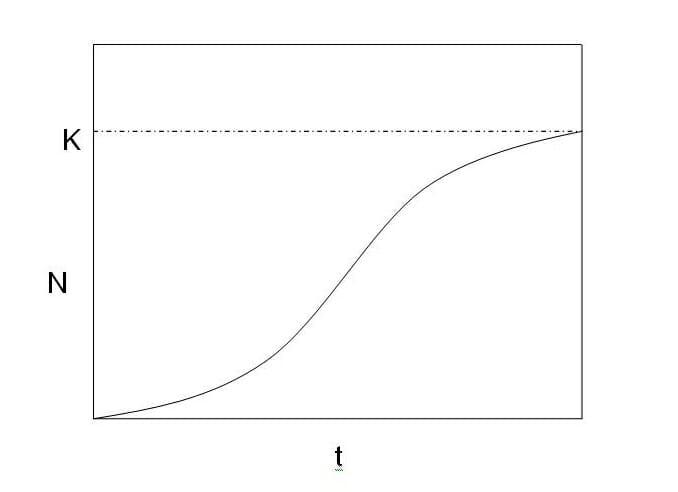
carrying capacity (K)
the limit of how many individuals in a population the environment can sustain
5
New cards
child mortality rate
the number of deaths of children < age 5 per 1000 live births
6
New cards
commensalism
a relationship between species in which 1 species benefits and the other species is neither harmed nor helped
7
New cards
community
all of the population of organisms within a given area
8
New cards
community ecology
the study of interactions between species
9
New cards
competition
the struggle of individuals to obtain a shared limiting resource
10
New cards
competitive exclusion principle
the principle stating that 2 species competing for the same limiting resource cannot coexist
11
New cards
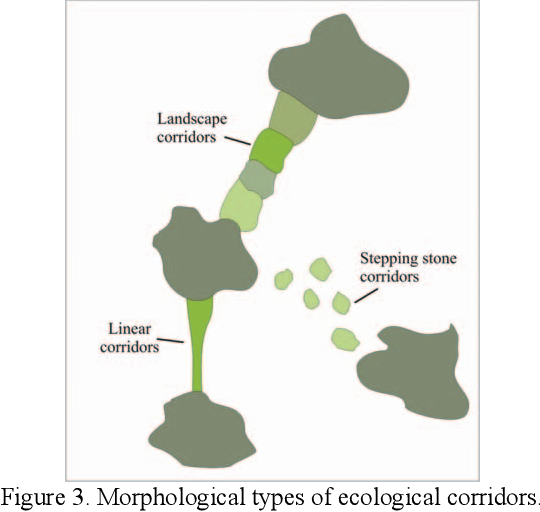
corridor
strips of natural habitat that connect populations
12
New cards
crude birth rate (CBR)
the number of births per 1000 individuals per year
13
New cards
crude death rate (CDR)
the number of deaths per 1000 individuals per year
14
New cards
demographer
a scientist in the field of demography who studies human populations and population trends
15
New cards
demography
the study of human populations and population trends
16
New cards
density-dependent factor
a factor that influences an individual's probability of survival and reproduction in a manner that depends on the size of the population
17
New cards
density-independent factor
a factor that has the same effect on an individual's probability of survival and the amount of reproduction at any population size
18
New cards
developed country
a country with relatively high levels of industrialization and income
19
New cards
developing country
a country with relatively low levels of industrialization and income
20
New cards
die-off
a rapid decline in population due to death
21
New cards
doubling time
the number of years it takes a population to double
DT = 70 / r
DT = 70 / r
22
New cards
ecological succession
the predictable replacement of 1 group of species by another over time
23
New cards
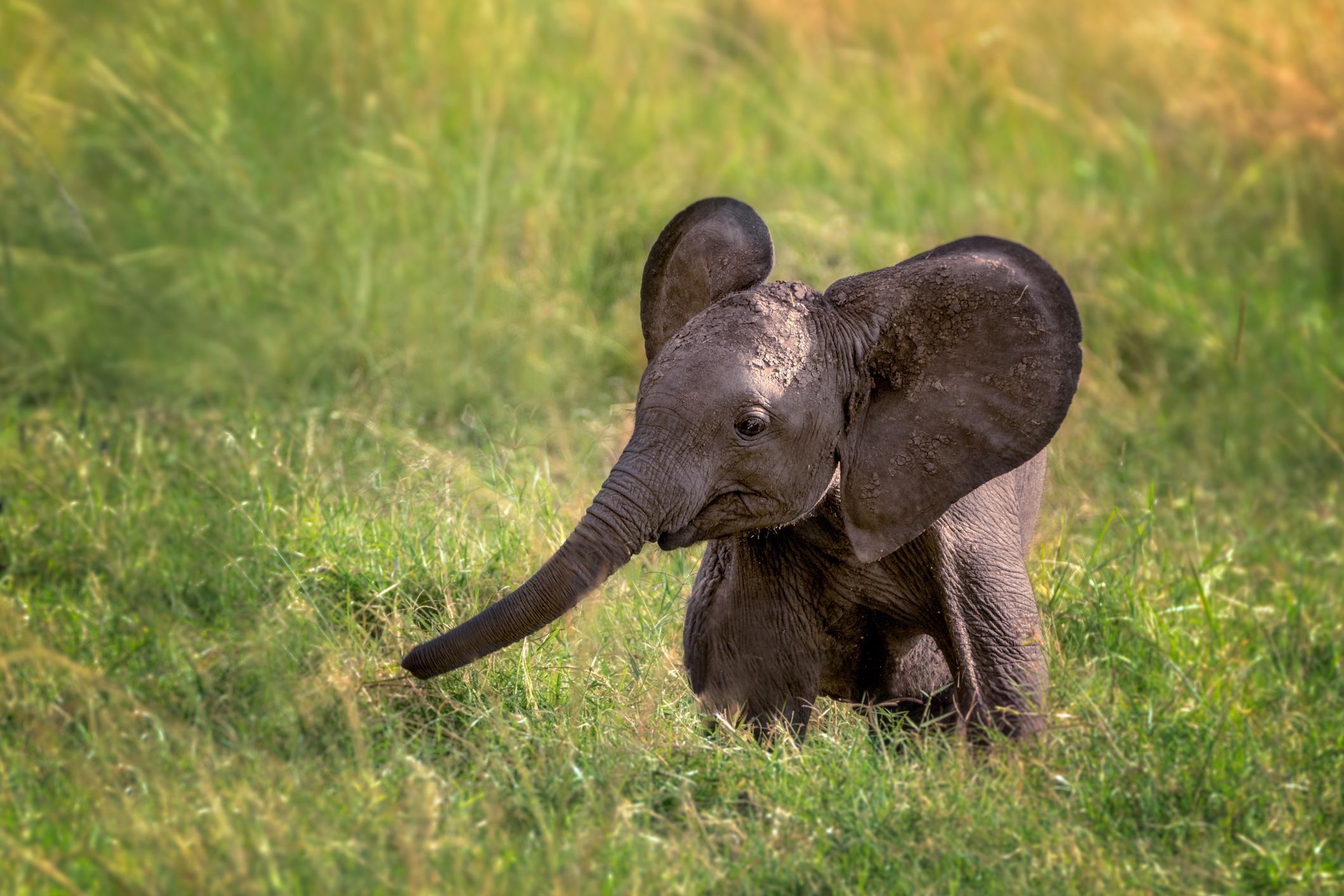
ecosystem engineer
a keystone species that creates/maintains habitat for other species
24
New cards
emigration
the movement of organisms out of a country/region
25
New cards
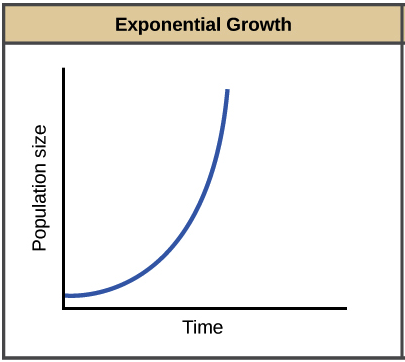
exponential growth model
a growth model that estimates a population's future size after a period of time, based on the intrinsic growth rate and the number of reproducing individuals currently in the population
26
New cards
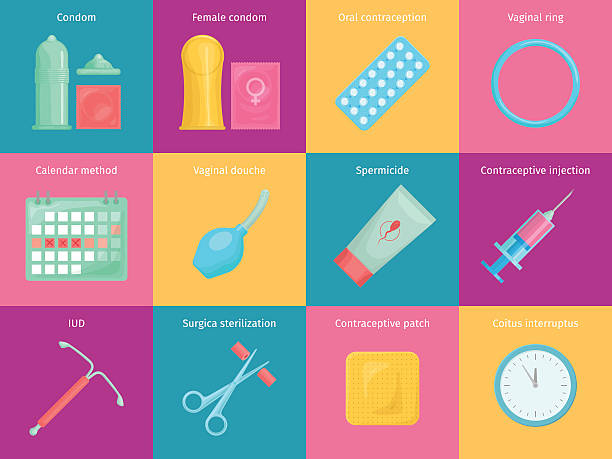
family planning
the practice of regulating the number or spacing of offspring through the use of birth control
27
New cards
gross domestic product (GDP)
a measure of the value of all products and services produced in 1 country in 1 year
28
New cards
immigration
the movement of organisms into a country/region from another country/region
29
New cards
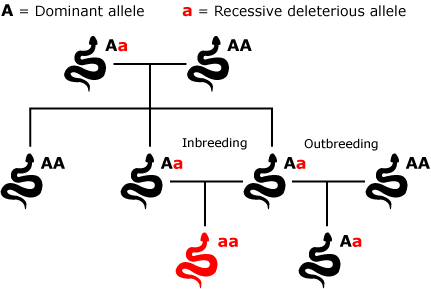
inbreeding depression
when individuals with similar genotypes—typically relatives—breed with each other and produce offspring that have an impaired ability to survive and reproduce
30
New cards
infant mortality rate
the number of deaths of infants < age 1 per 1000 live births
31
New cards
intrinsic growth rate (r)
the maximum potential for growth of a population under ideal conditions with unlimited resources
32
New cards
IPAT equation
an equation used to estimate the impact of the human lifestyle on the environment
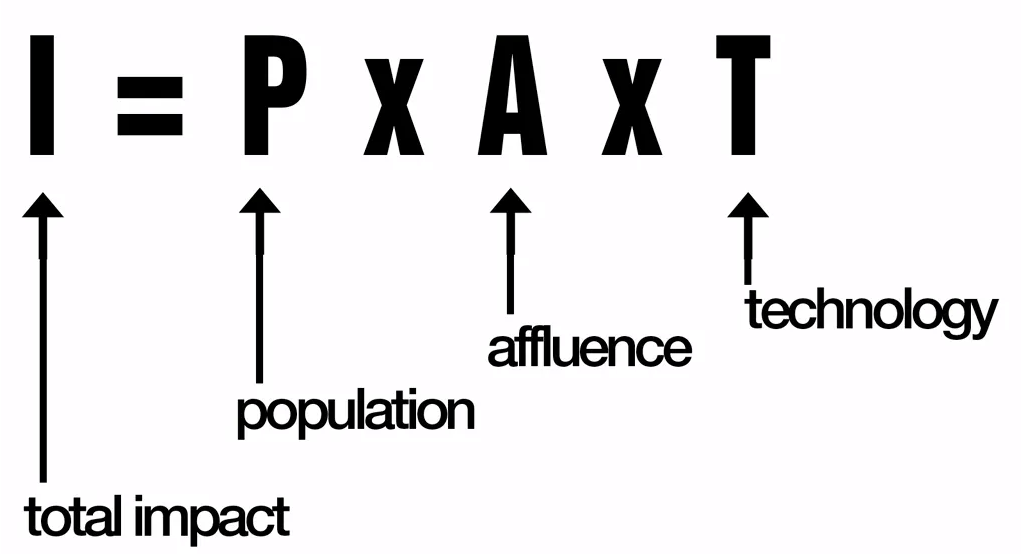
33
New cards
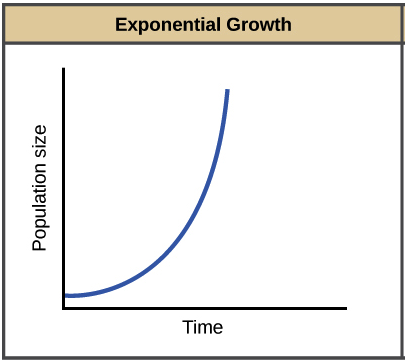
j-shaped curve
the curve of the exponential growth model when graphed
34
New cards

k-selected species
a species with a low intrinsic growth rate that causes the population to increase slowly until it reaches carrying capacity
35
New cards
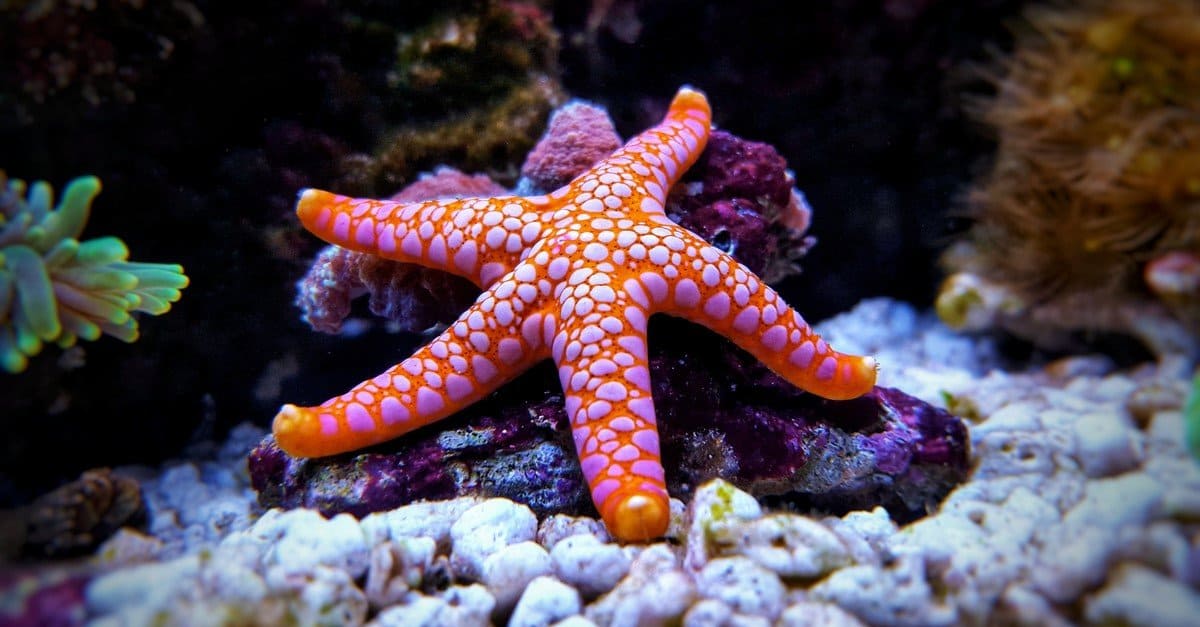
keystone species
a species that plays a far more important role in its community than its relative abundance might suggest
36
New cards
life expectancy
the average number of years that an infant born in a particular year in a particular country can be expected to live, given the current average life span and death rate in that country
37
New cards
limiting resource
a resource that a population cannot live without and that occurs in quantities lower than the population would require to increase in size
38
New cards
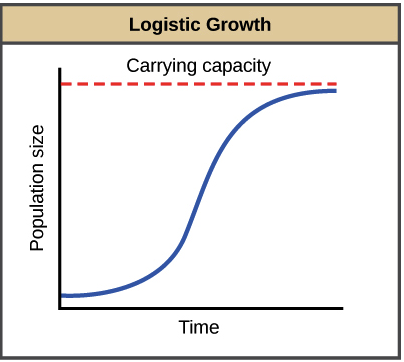
logistic growth model
a growth model that describes a population whose growth is initially exponential, but slows as the population approaches the carrying capacity of the environment
39
New cards
metapopulation
a group of spatially distinct populations that are connected by occasional movements of species
40
New cards
mutualism
an interaction between 2 species that increases the chances of survival/reproduction for both species
41
New cards
net migration rate
the difference between immigration and emigration in a given year per 1000 people in a country
42
New cards
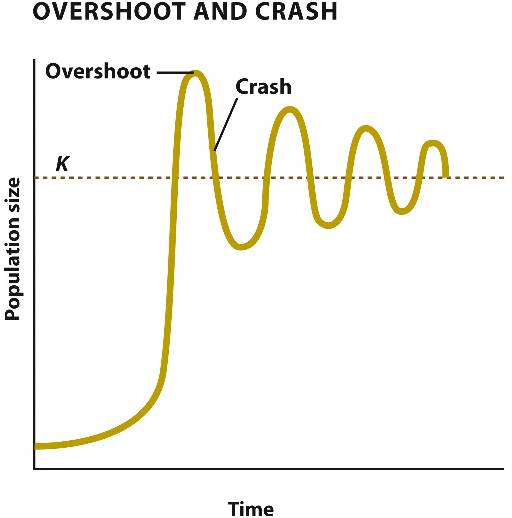
overshoot
when a population becomes larger than the environment's carrying capacity
43
New cards
parasitism
an interaction in which 1 organism lives on/in another
44
New cards
parasitoid
a specialized type of predator that lays eggs inside other organisms—referred to as its host
45
New cards
pathogen
parasite that causes disease in their host
46
New cards
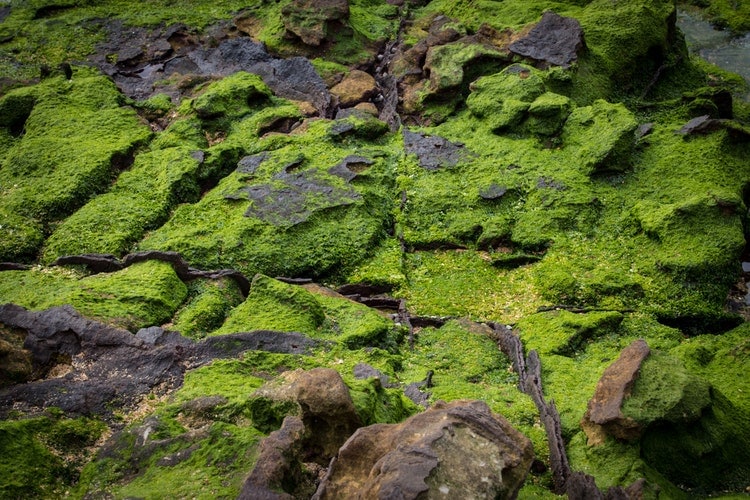
pioneer species
a species that can colonize new areas rapidly and grow well in full sunshine
47
New cards
population
the individuals that belong to the same species and live in a given area at a given time
48
New cards
population density
the number of individuals per unit area at a given time
49
New cards
population distribution
a description of how individuals are distributed with respect to one another
50
New cards
population ecology
the study of factors that cause populations to increase/decrease
51
New cards
population growth model
mathematical equations that can be used to predict population size at any moment in time
52
New cards
population growth rate
the number of offspring an individual can produce in a given time period, minus the deaths of the individual/its offspring during the same time period
53
New cards
population momentum
continued population growth after growth reduction measures have been implemented
54
New cards
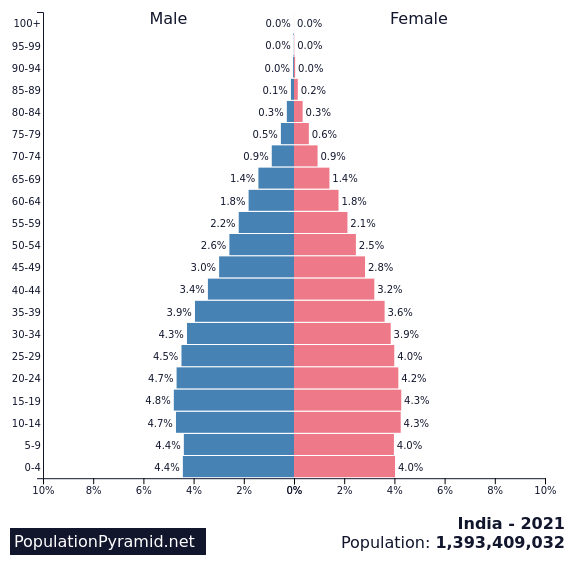
population pyramid
an age structure diagram that is widest at the bottom and smallest at the top, typical of developing countries
55
New cards
population size (N)
the total number of individuals within a defined area at a given time
56
New cards
predation
an interaction in which 1 animal typically kills and consumes another animal
57
New cards
primary succession
ecological succession occurring on surfaces that are initially devoid of soil
58
New cards
r-selected species
a species that has a high intrinsic growth rate, which often leads to population overshoots and die-offs
59
New cards
replacement-level fertility
the total fertility rate (TFR) required to offset the average number of deaths in a population in order to maintain the current population size
60
New cards
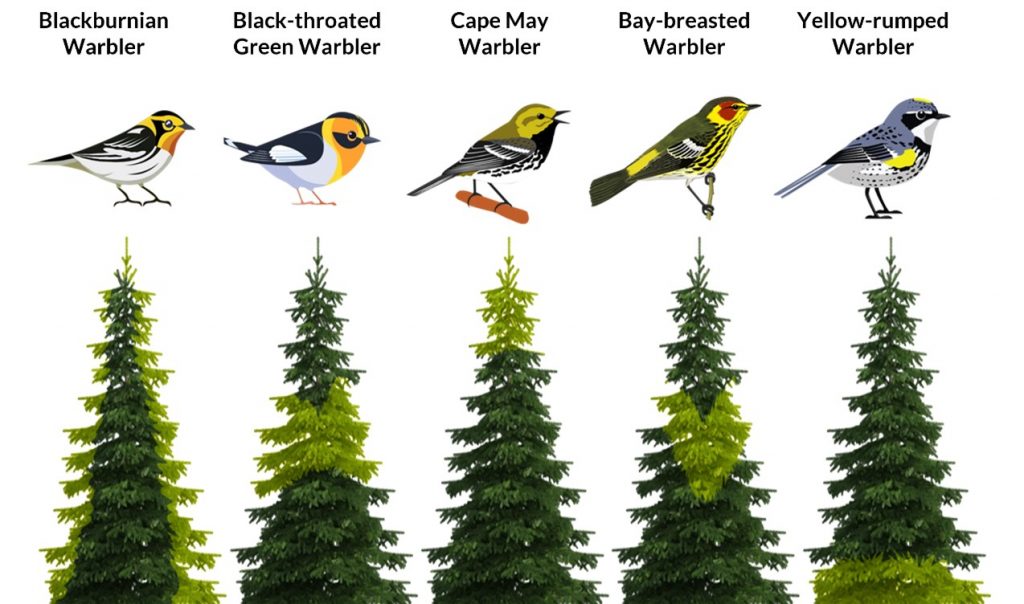
resource partitioning
when 2 species divide a resource based on differences in their behavior/morphology
61
New cards
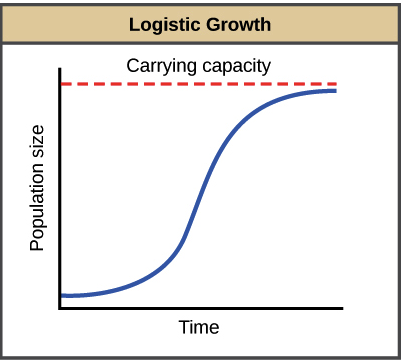
s-shaped curve
the shape of the logistic growth model when graphed
62
New cards
secondary succession
the succession of plant life that occurs in areas that have been disturbed but have not lost their soil
63
New cards
sex ratio
the ratio of males to females in a population
64
New cards
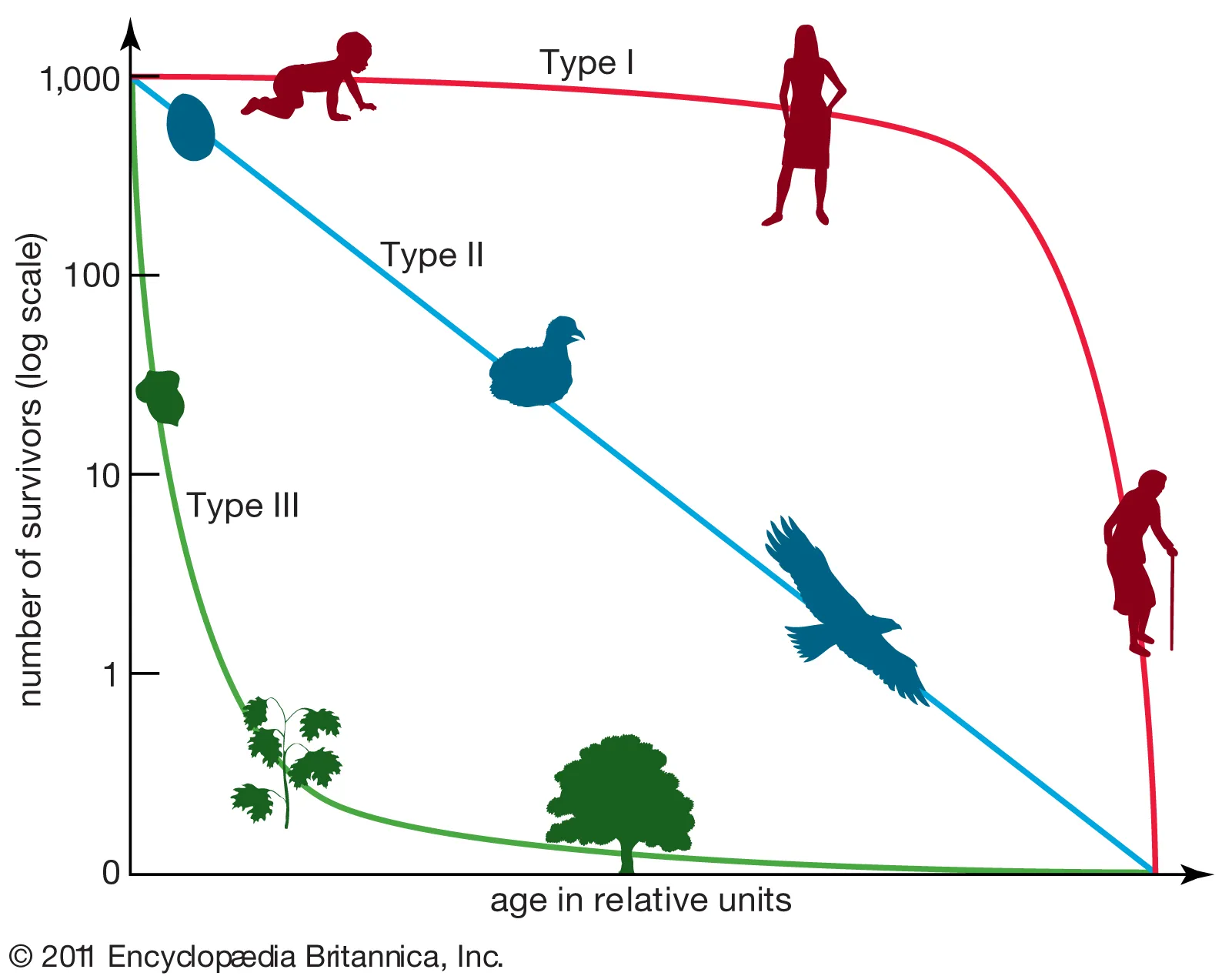
survivorship curve
a graph that represents the distinct patterns of species survival as a function of age
65
New cards
symbiotic relationship
the relationship between 2 species that live in close association with each other
66
New cards
theory of demographic transition
the theory that as a country moves from a subsistence country to industrialization and increased affluence, it undergoes a predictable shift in population growth
67
New cards
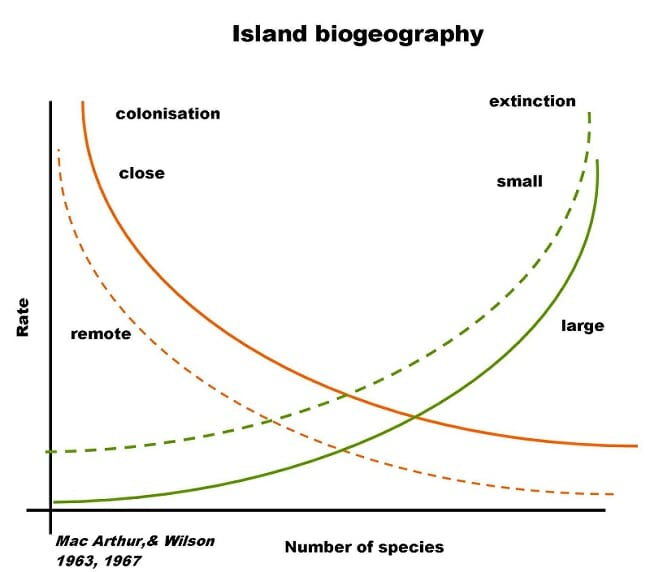
theory of island biogeography
a theory that demonstrates the dual importance of habitat size and distance in determining species richness
68
New cards
total fertility rate (TFR)
an estimate of the average number of children that each woman in a population will bear throughout her childbearing years
69
New cards

type I survivorship curve
a pattern of survival over time in which there is high survival throughout most of the life span, but then individuals start to die in large numbers as they approach old age
70
New cards
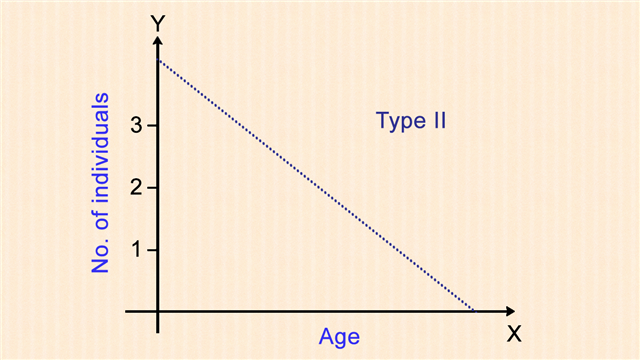
type II survivorship curve
a pattern of survival over time in which there is a relatively constant decline in survivorship throughout most of the life span
71
New cards
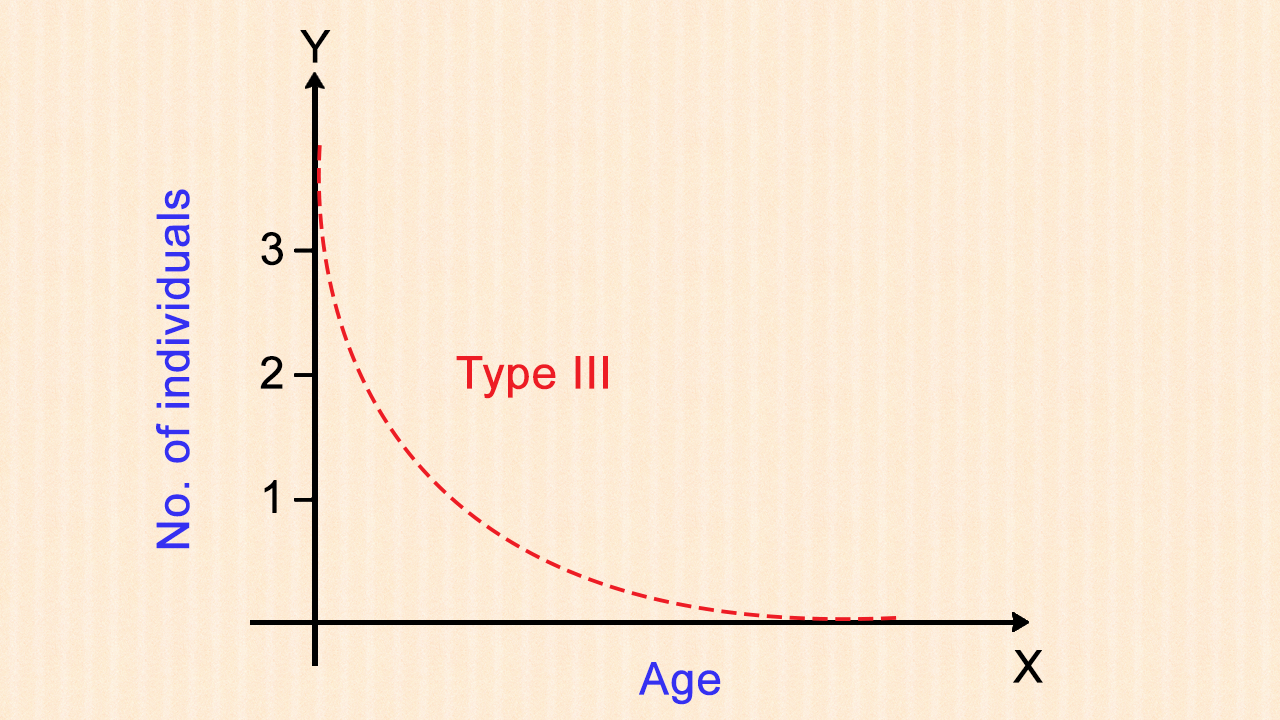
type III survivorship curve
a pattern of survival over time in which there is low survival throughout most of the life span and high levels of mortality early in life, with few making it to adulthood and fewer to old age